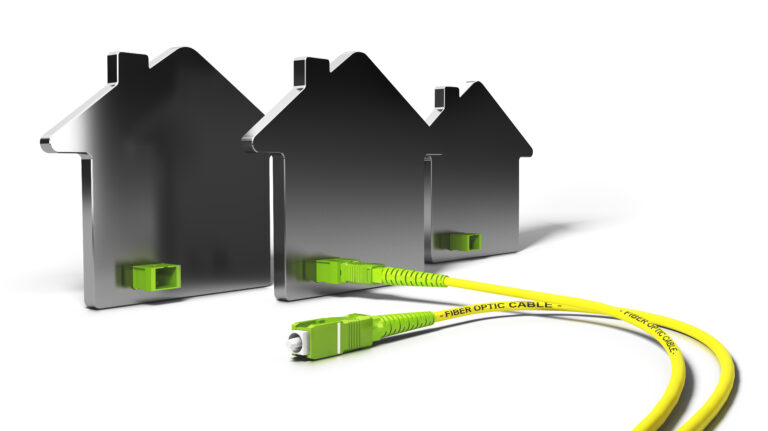Loss of broadband connection with no sync.
If the “DSL” light on your router is OFF, then this indicates that the router is not in sync with the telephone exchange equipment.
First reboot your router by powering the router off and on again, then wait approx 3 minutes and re-test. Ensure the power light on the router is on.
Checking ADSL MicroFilters:
If you have an intermittent loss of your ADSLbroadband connection, the first thing you should do is check that the filters are correctly connected in line with the instructions here: ADSL MicroFilter FAQ
If they are correctly connected, then replace the filters for new ones and re-test. faulty Microfilters are the most common cause of no sync faults.
Checking for faulty extension wiring or telephony equipment:
It is possible that your internal extension wiring has degraded or become damaged, particularly if it’s old, runs under carpets etc, therefore you should eliminate this as a potential cause of your connection fault.
Other equipment connected to the same line could also be causing interference, despite being filtered.
If you connect your ADSL router/modem through a filter to your [b]BT Master socket[/b] also known as an NTE5 socket, then testing is a simple process, if you connect to an extension socket, or through extension wiring, then then you will need to move your equipment so that you plug directly into the master socket.
Begin by ensuring your ADSL router is connected to the BT Master socket through a new ADSL Microfilter, and unplug all other telephony equipment and any extension wiring you have connected to BT sockets yourself.
Monitor your connection and see whether simply removing the other equipment or extension wiring has resolved the problem.
If the problem is no longer present then connect your extensions and telephone equipment one at a time to determine which one of these results in the fault returning.
If the problem continues with your ADSL router connected directly to the BT Master socket through a new ADSL Microfilter, the next step will be to eliminate any extension wiring which is connected to the BT Master socket.
With older Master sockets there is no easy way to perform this test without contacting a qualified telephone engineer yourself. All of the newer NTE5 Master Sockets, as shown below have been designed to allow you to access a special BT Test socket, which excludes any extension wiring.
BT Master socket with faceplate removed showing the BT test socket
On the face plate of the NTE5 (BT Master Socket) are two screws. When unscrewed the bottom half of the BT Master socket can be detached, and a standard sized BT socket can now be reached.
Connect your new ADSL Microfilter to this test socket, and then connect your ADSL router. Monitor the connection for the connection fault. If this is no longer present you have identified a fault with the extension wiring. If this is the case, you need to contact a qualified telephone engineer to resolve the problem.
If the problem continues, even when connected through BT Test socket, then create a support ticket, or contact support and advise the results of the above tests..




